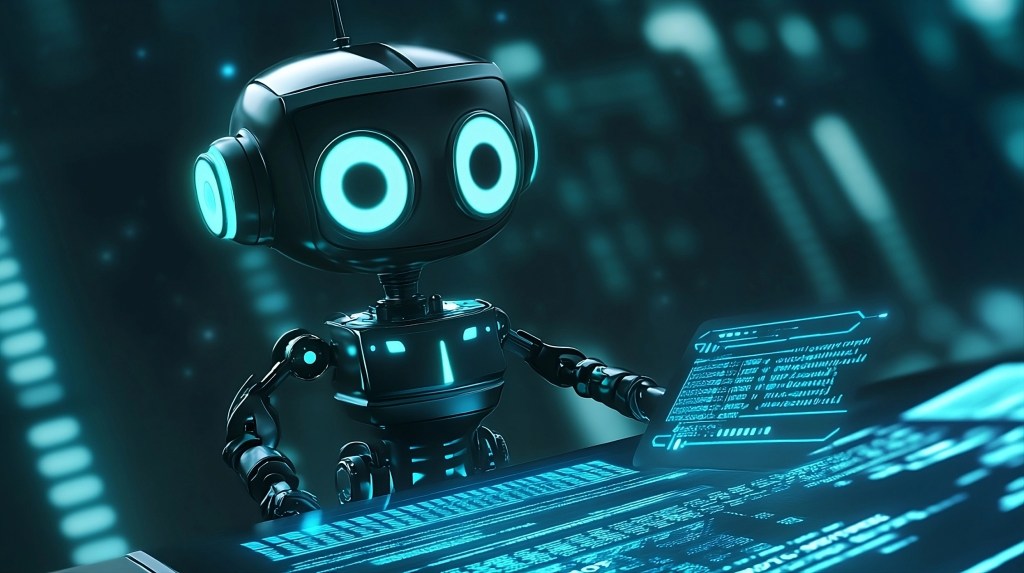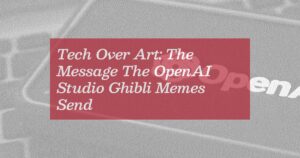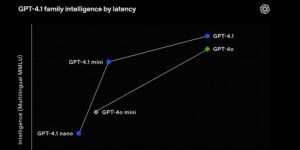Windsurf: OpenAI’s Ambitious $3 Billion Investment in the ‘Vibe Coding’ Trend

Understanding Vibe Coding and Its Implications
Vibe coding is gaining traction as an innovative approach to software development, utilizing AI and natural language processing to simplify coding. This concept diverges from traditional coding methods, focusing on achieving results through intent and automated processes rather than manual coding details. OpenAI, a prominent figure in the AI landscape, is making significant moves in this direction.
OpenAI’s Acquisition Ambitions
Reports indicate that OpenAI may be eyeing Windsurf (previously known as Codeium) for a hefty $3 billion acquisition. If finalized, this would mark OpenAI’s most considerable purchase to date. The potential acquisition comes shortly after OpenAI introduced versions o3 and o4-mini, which enhance the AI’s ability to interpret sketches and diagrams. This build-up follows the release of the GPT-4.1 model, further solidifying OpenAI’s leading role in the industry.
Industry analysts are buzzing with speculation over how this acquisition could tighten OpenAI’s grip on the coding landscape. According to Lisa Martin, a research director at The Futurum Group, acquiring Windsurf could make OpenAI an essential ally for developers. Such a move is anticipated to boost the adoption of vibe coding and enhance coding efficiency.
What is Vibe Coding?
Vibe coding, a term coined by OpenAI co-founder Andrej Karpathy, refers to using generative AI and natural language prompts in coding. Unlike traditional AI coding assistants that rely heavily on visual drag-and-drop tools, vibe coding aims to seamlessly integrate AI throughout the development process. It emphasizes understanding user intent to streamline workflows and increase productivity.
Among the leading tools facilitating vibe coding is Windsurf, joined by competitors like Cursor, Replit, Lovable, and Aider. Recently, Windsurf launched Wave 6, addressing common workflow issues and enhancing developer efficiency. As suggested by Mitchell Johnson, a chief product development officer at Sonatype, Windsurf is at the forefront of creating AI-focused tools that help developers deliver faster while maintaining high quality.
The Full-Stack Coding Experience
If OpenAI finalizes its acquisition of Windsurf, it signals a strategic shift toward owning the entire coding ecosystem rather than just offering foundational models. Windsurf is dedicated to optimizing workflows for developers, focusing on collaborative and contextual coding rather than mere code generation.
Kaveh Vahdat, an industry expert, points out that Windsurf’s emphasis on developer-centric processes aligns with the increasing demand for collaborative coding tools. Moreover, as Arvind Rongala from Edstellar notes, this acquisition could grant OpenAI significant insights into modern code creation and sharing, transforming how developers interact with coding environments.
Industry Competition and Strategy
An acquisition of Windsurf could place OpenAI in direct competition with established tools such as GitHub Copilot and Amazon CodeWhisperer, which are backed by major tech giants. The strategic value of such a move lies in its potential to offer OpenAI valuable insights into user behavior and distribution, thereby improving its AI coding systems.
Notably, a partnership between OpenAI and Windsurf might lead to friction with other alliances, especially with Microsoft, which has a strong stake in similar tools. Brian Jackson from Info-Tech Research Group reminds us that such a deal aligns with OpenAI’s broader strategy, shifting focus from simple chat interactions to actionable user experiences through automation.
Mixed Perspectives
While some in the industry view this potential deal as a strategic move, others express concern regarding its implications. Industry observers like Johnson suggest that if Windsurf became too integrated with OpenAI’s ecosystem, it could stifle the flexibility that developers currently enjoy. Such a development could lead to vendor lock-in, restricting the innovation that comes from open integrations with various AI models.
Some critics, such as Matt Murphy from Menlo Ventures, argue that OpenAI’s actions may be more of a reactionary scramble to remain competitive, especially as rival companies like Anthropic continue to excel in coding capabilities.
In summary, vibe coding represents a significant evolution in software development, marrying AI technology with the coding process. As OpenAI eyes more comprehensive control over this space through potential acquisitions like Windsurf, the industry watches closely to see how these changes will shape the future of coding.






